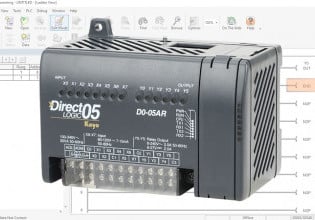M
On the morning of July 25th we encountered an unfamiliar alarm in our Mark V system for our GE7EA. The diagnostic alarm indicated a xmit failure. The following is what was populated in our alarms window:
<pre>Process Alarms Window:
Alarm Id Core State Message
P0 Q Alarm Diagnostic Alarm <C><Q>
Diagnostic Alarm window:
Alarm Id Core State Message
D1068 C Alarm TCCA Status S page xmit faliure</pre>
Has anyone else seen this alarm and can give some some input on how to correct this issue? We would really appreciate some feedback if anybody has some advice.
Thanks!
<pre>Process Alarms Window:
Alarm Id Core State Message
P0 Q Alarm Diagnostic Alarm <C><Q>
Diagnostic Alarm window:
Alarm Id Core State Message
D1068 C Alarm TCCA Status S page xmit faliure</pre>
Has anyone else seen this alarm and can give some some input on how to correct this issue? We would really appreciate some feedback if anybody has some advice.
Thanks!






